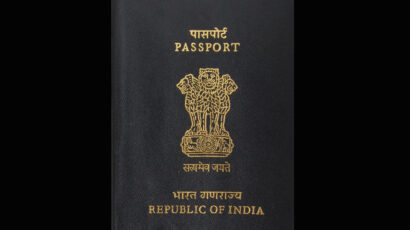Aditya-L1 Spacecraft Successfully Escapes Earth’s Influence, Heading Towards Sun-Earth L1 Point: ISRO

In a significant milestone for the Indian Space Research Organization (ISRO), the Aditya-L1 spacecraft has achieved a remarkable feat by venturing beyond the sphere of Earth’s influence. The spacecraft has traveled an impressive distance of over 9.2 lakh kilometers from our planet and is now on course towards the Sun-Earth Lagrange Point 1 (L1), announced ISRO on Saturday.
This accomplishment marks the second instance in which ISRO has successfully propelled a spacecraft beyond the sphere of Earth’s influence, with the first being the renowned Mars Orbiter Mission.
Launched on September 2, 2023, ISRO’s Aditya-L1 mission holds the distinction of being India’s maiden mission entirely dedicated to the study of the Sun. Specifically, it will focus on investigating the photosphere, chromosphere, and corona of our Sun. The mission boasts seven distinct payloads, all developed indigenously, with five by ISRO and two in collaboration with academic institutes.
Aditya-L1 is currently orbiting in what is referred to as a ‘Halo orbit’ around the Sun-Earth L1 point, positioned approximately 1.5 million kilometers away from Earth. This location represents a mere 1% of the Earth-Sun distance and offers a unique vantage point for solar observation.
Lagrange points, also known as libration points, are singular regions in space where the gravitational forces of two massive celestial bodies, such as the Sun and Earth, perfectly balance the centripetal force required for a smaller object, like a spacecraft, to synchronize its movement with them. These Lagrange points are ideal for spacecraft as they minimize the need for frequent orbit corrections and, consequently, reduce fuel consumption.
The Aditya-L1 mission is underpinned by four key scientific objectives:
- Understanding Coronal Heating and Solar Wind Acceleration: The mission aims to shed light on the mechanisms behind coronal heating and the acceleration of solar wind.
- Understanding the Initiation of Coronal Mass Ejections, Flares, and Near-Earth Space Weather: Aditya-L1 seeks to unravel the factors triggering phenomena like Coronal Mass Ejections, solar flares, and their impacts on near-Earth space weather.
- Understanding the Coupling and Dynamics of the Solar Atmosphere: The mission will investigate the intricate interplay and dynamics of the solar atmosphere.
- Understanding Solar Wind Distribution and Temperature Anisotropy: Aditya-L1 endeavors to provide insights into the distribution of solar wind and temperature variations.
ISRO’s Aditya-L1 mission represents a significant step in advancing our understanding of the Sun’s behavior and its influence on space weather, which has a profound impact on Earth and our technological infrastructure. This mission exemplifies India’s growing prowess in space exploration and scientific research.















